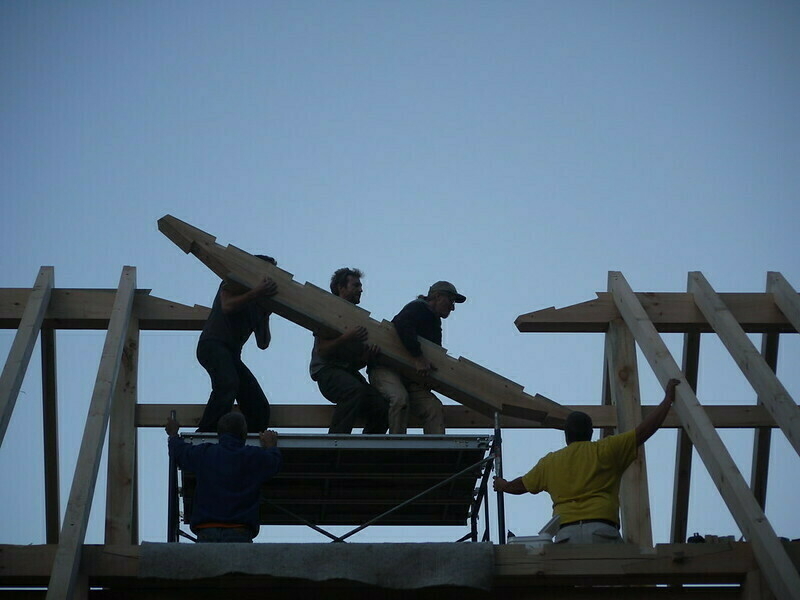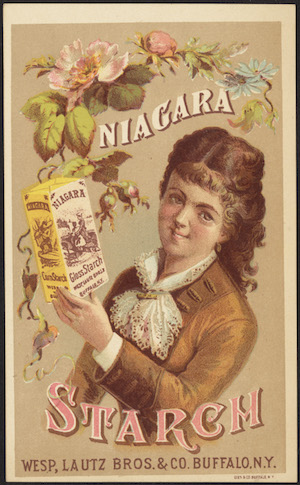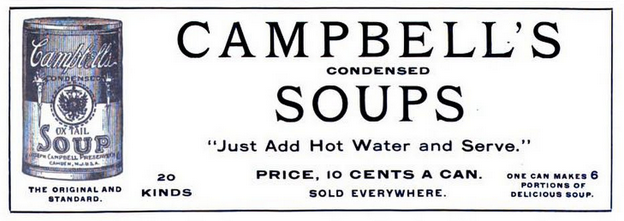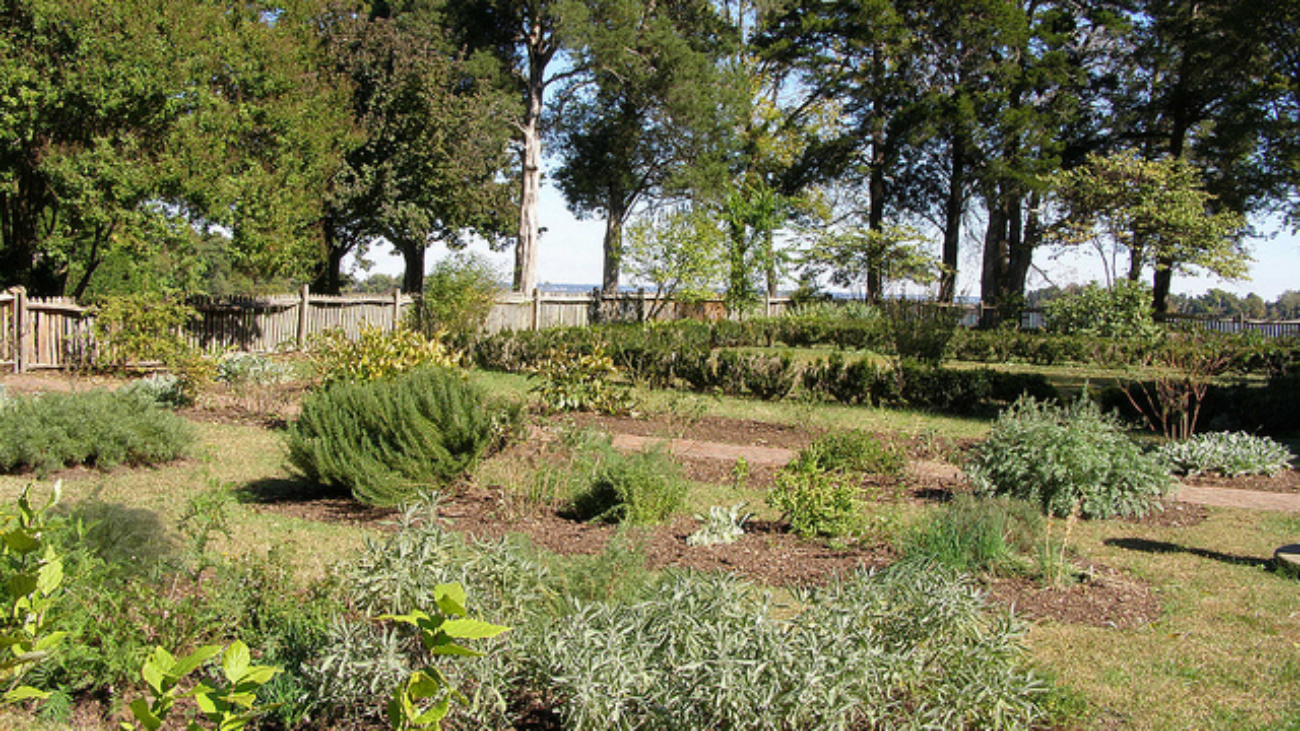A year or so ago I read The Dawn of Everything: A New History of Humanity by David Graeber and David Wengrow. At the time I jotted down a few notes, and it has taken me this long, I’m afraid, to beat them into something like coherence. Hey, it’s about 40,000 years of human history: what’s another thirteen months?
I won’t attempt a summary or a proper review; for an overview of the work I recommend this review from Science News.
The authors observe, from archaeological and historical evidence, that humans long ago constituted their societies in a dazzling variety of ways, and indeed reconstituted themselves thoughtfully, deliberately, and relatively often, perhaps to ward off inequality or escape an authoritarian system. As my own study of history goes back only a few hundred years professionally and at most a thousand years in amateur terms, I’m not in a position to disagree with anyone’s meta-analysis of archaeological evidence. I do worry that it reads like a book heavily informed by, and perhaps at least partly driven by, present political concerns, but that doesn’t mean it’s necessarily wrong, only that I’m wary.
I do, however, want to dissent from the authors’ optimism—that is, their belief that if our ancestors thought creatively about politics and radically changed their situations, we ought to be able to do the same. We are limited, structurally, in ways our ancestors could not. They could pack up and leave a society they didn’t like: we can’t, for there are no longer any margins to speak of. They could play with agriculture for millennia without domesticating their crops and inducing mutual dependence, but that genie is out of the bottle now. I could go on.
Maybe the simplest objection is that what looks like a rapid change in deep history or the archaeological record may have seemed a terribly long time to those who lived through it. Reading about the sundry ways people have thoughtfully organized themselves in the past (and about how deliberately and thoughtfully they seem to have done so) gives me hope that, when this civilization falls and 99 percent of the people on the planet die, the remaining few will be able to come up with something better than Mad Max, indeed to lay a foundation for a far better future. But I’m not sure most people would consider that statement optimistic.
In any case, quibbling about hope and hopelessness is boring. So let’s talk about something else.





